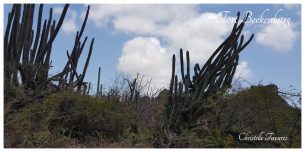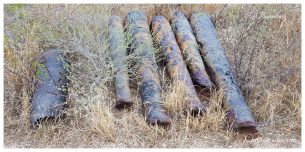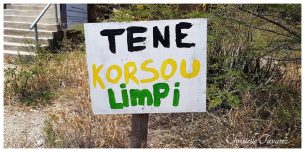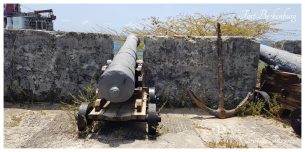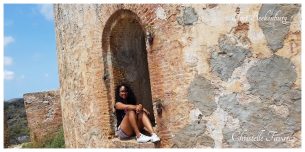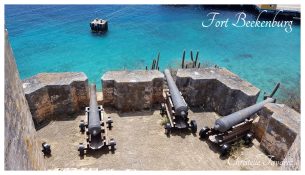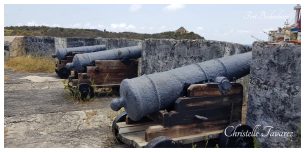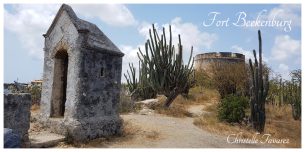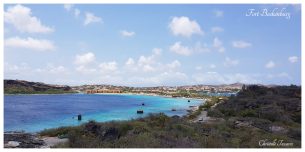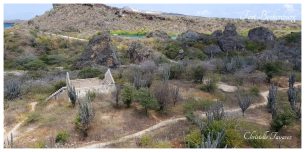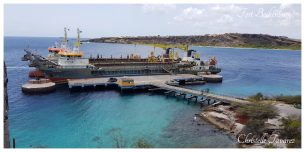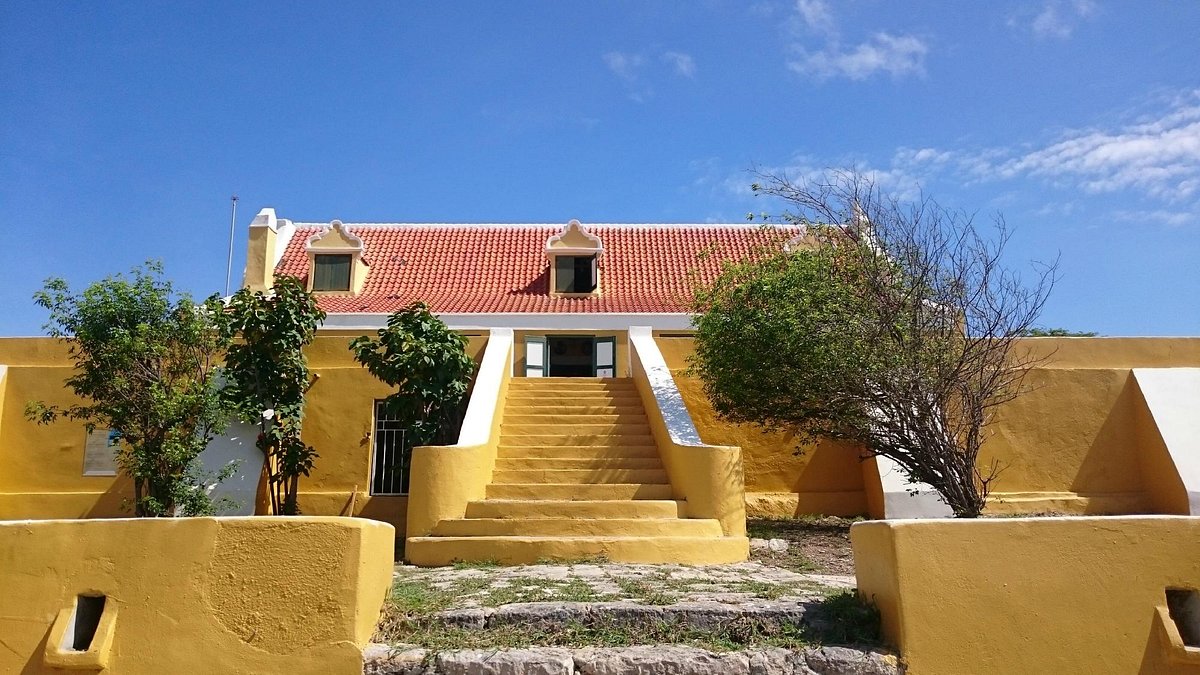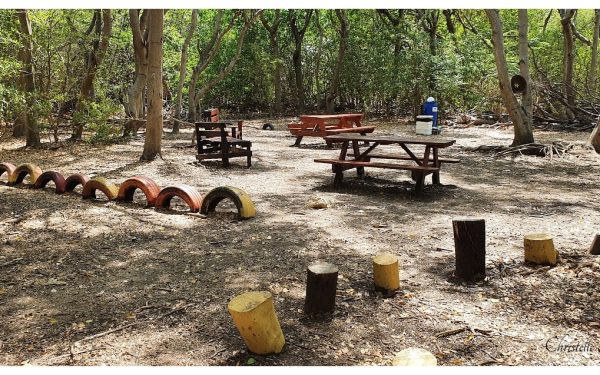Fort Beekenburg

Fort Beekenburg (also known as Het Kasteel ) is a fort on Curaçao located on the peninsula at Caracas Bay.
History:
Fort Beekenburg was built in 1703 on Curaçao at Caracas Bay to defend the Spanish Water .
The Caracas Bay with the Spanish Water behind it were one of the few suitable places to go ashore from the sea. That is why it was decided to build a fort to make it impossible for enemies to reach Willemstad.
The fort is named after Nicolaas van Beek , who was governor between 1701 and 1704 and coordinated the city’s defense. During the 18th century, the fort was able to withstand several attacks by French and English troops. At one point, the English tried to bypass the fort by crossing the adjacent mountain, Cabrietenberg. However, this caused so many difficulties and took so much time that the plan was abandoned and it was decided to withdraw before the Dutch had gathered all their troops. From 1800 to 1803 and from 1807 to 1816, Curaçao was occupied by the English. Fort Beekenburg was attacked by pirates several times, without success.
On the island, Shell built an oil terminal for the transshipment of fuel oil, which came into use in 1927 and made it a closed area. A dam with a road was built between the mainland and the island, making it a peninsula . In 2005, Refineria Isla sold the peninsula to the Antillean government for the amount of 1 Antillean guilder . This made it public land and the fort can be visited again.
The fortress complex:
The fort has a round tower, in the shape of a chess piece. On top of the tower are channels that carry rainwater to a reservoir inside the tower. This ensured that there was always fresh water, even during a siege. There were also cannons on the roof of the tower .
At the foot of the tower is a hexagonal platform with battlements . Cannons were also positioned here to guard the passage to the Spaanse Water. A stone staircase leads from the ground floor to this platform. This staircase was added later. In the oldest phase of the fort, the tower could only be climbed by reaching a wooden door on top of the tower. It is likely that this was a ladder that could be brought in during danger. From the tower, the hexagonal platform can be reached by going down a staircase into the tower. From there, a short corridor leads to a wooden door that opens onto the platform. The tower with platform is walled on three sides, the fourth side is a cliff on the bay.
From the public road a stone staircase goes up to a gate. Behind this is a water reservoir, the remains of a house and a platform with battlements and a stone guardhouse . It is not certain whether cannons were also here.
The merchant ships from the Netherlands took IJssel stones with them as ballast . To make room for goods, the stones were left behind on Curaçao , the entire fort was built from these stones. The tower is a habitat for bats.
Enjoy ur trip
